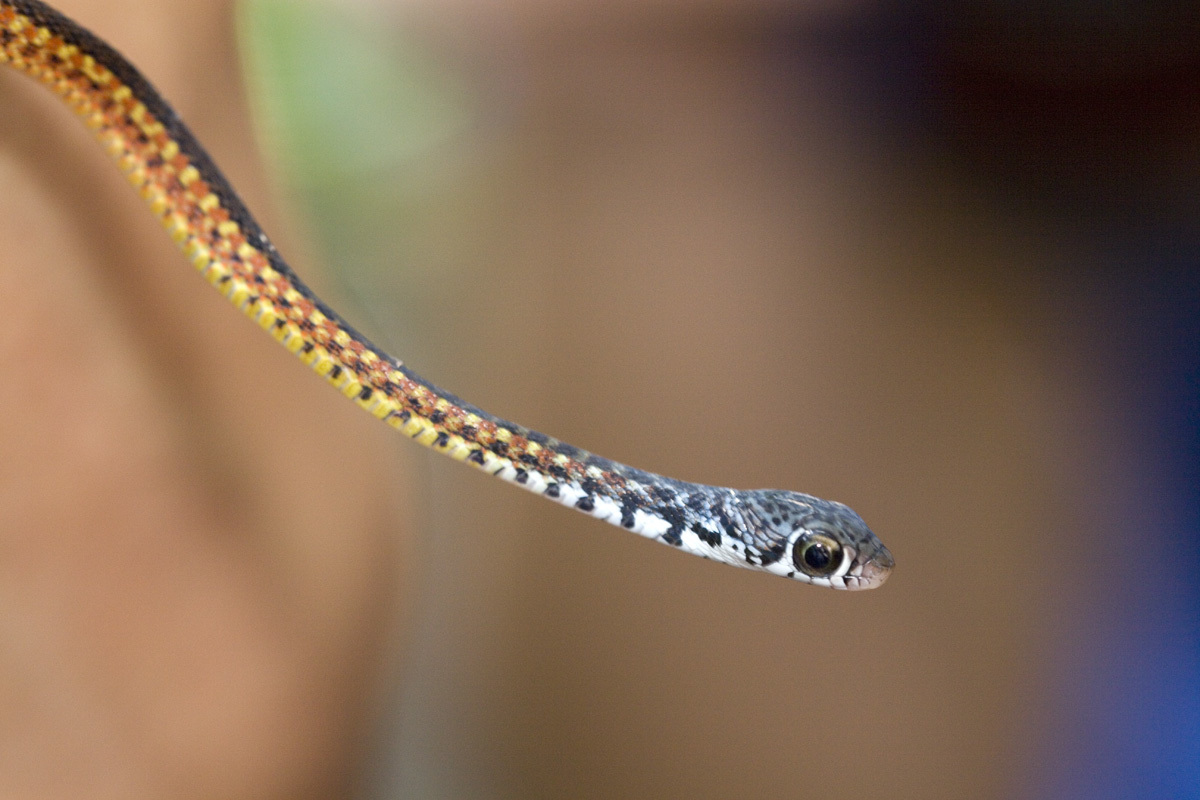
Spotted Keelback, also known as the Asian Green Keelback or the Bamboo Snake, is a fascinating snake species found in various parts of Asia. These slithery creatures have managed to capture the curiosity of animal enthusiasts and herpetologists alike, thanks to their unique characteristics and behavior.
In this article, we will explore some surprising facts about the Spotted Keelback that you may not be aware of. From their striking appearance to their interesting behaviors, these snakes are truly captivating. Whether you’re an animal lover or simply interested in learning more about the diverse creatures that inhabit our planet, these facts will undoubtedly pique your interest and leave you wanting to know more about the remarkable Spotted Keelback.
Key Takeaways:
- The Spotted Keelback is a non-venomous snake with unique coloration, spots galore, and a semi-aquatic lifestyle. It’s a skilled hunter with camouflaging abilities and holds cultural significance in folklore.
- Despite being labeled as “Least Concern” by the IUCN, the Spotted Keelback faces potential threats from habitat loss and pollution. Its wide geographic distribution showcases its adaptability and resilience.
Unique Coloration
The Spotted Keelback, scientifically known as Xenochrophis maculatus, is a non-venomous snake species found in parts of South and Southeast Asia. One of its most distinctive features is its unique coloration.
Spots Galore
The Spotted Keelback derives its name from the numerous dark spots that adorn its body. These spots vary in size, shape, and pattern, creating a beautiful mosaic-like appearance.
Semi-Aquatic Lifestyle
The Spotted Keelback is a highly adaptable snake that can be found in a variety of habitats, including marshes, ponds, streams, and rice fields. It is well-suited for a semi-aquatic lifestyle.
Feeding Habits
As a carnivorous species, the Spotted Keelback primarily feeds on small amphibians, fish, and other reptiles. Its powerful jaws and rear-fanged teeth enable it to capture and subdue its prey.
Camouflaging Abilities
The Spotted Keelback has excellent camouflaging abilities, which help it blend seamlessly into its surroundings. This helps it to both hide from potential predators and ambush unsuspecting prey.
Defensive Behavior
When threatened, the Spotted Keelback may flatten its body, raise its head, and display its bright-colored belly in an attempt to intimidate predators. It also releases a foul-smelling musk as a defensive mechanism.
Reproduction
Spotted Keelbacks are oviparous, meaning they lay eggs rather than giving birth to live young. The female snake will seek out a suitable nesting site, usually near water, to deposit her eggs.
Geographic Distribution
The Spotted Keelback can be found in countries such as India, Nepal, Bangladesh, Sri Lanka, Thailand, Myanmar, Malaysia, and Indonesia. Its wide geographic distribution showcases its adaptability.
Diurnal Nature
The Spotted Keelback is primarily active during the day, making it a diurnal species. It hunts for food, basks in the sun, and explores its surroundings in the daylight hours.
Importance in Folklore
The Spotted Keelback holds cultural significance in many regions where it is found. It is featured in folklore, often symbolizing different virtues or serving as a protective charm against evil spirits.
Conservation Status
The conservation status of the Spotted Keelback is currently labeled as “Least Concern” by the International Union for Conservation of Nature (IUCN). However, habitat loss and pollution remain potential threats to its population.
Conclusion
In conclusion, the spotted keelback is a fascinating snake species that offers a range of surprising facts. From its unique defensive mechanism to its diet preferences, there is much to learn about these remarkable creatures. Whether you are a snake enthusiast or simply curious about the animal kingdom, the spotted keelback is definitely a species worth exploring.
FAQs
Q: Where are spotted keelbacks found?
A: Spotted keelbacks are primarily found in Southeast Asia, including countries like India, Bangladesh, Myanmar, Thailand, and Malaysia.
Q: Are spotted keelbacks venomous?
A: Yes, spotted keelbacks are venomous. While their venom is not considered highly dangerous to humans, it can cause pain, swelling, and other symptoms. It is important to exercise caution and avoid handling these snakes.
Q: What do spotted keelbacks eat?
A: Spotted keelbacks primarily feed on frogs, toads, and small fish. They have also been known to consume other small reptiles and invertebrates.
Q: How do spotted keelbacks defend themselves?
A: When threatened, spotted keelbacks will flatten their necks, creating a distinct ‘hood’ shape similar to cobras. They may also release a foul-smelling musk as a defensive mechanism.
Q: Are spotted keelbacks endangered?
A: Currently, the spotted keelback is not classified as an endangered species. However, habitat loss and pollution are threats to their population, and conservation efforts are essential to ensure their long-term survival.
Was this page helpful?
Our commitment to delivering trustworthy and engaging content is at the heart of what we do. Each fact on our site is contributed by real users like you, bringing a wealth of diverse insights and information. To ensure the highest standards of accuracy and reliability, our dedicated editors meticulously review each submission. This process guarantees that the facts we share are not only fascinating but also credible. Trust in our commitment to quality and authenticity as you explore and learn with us.
